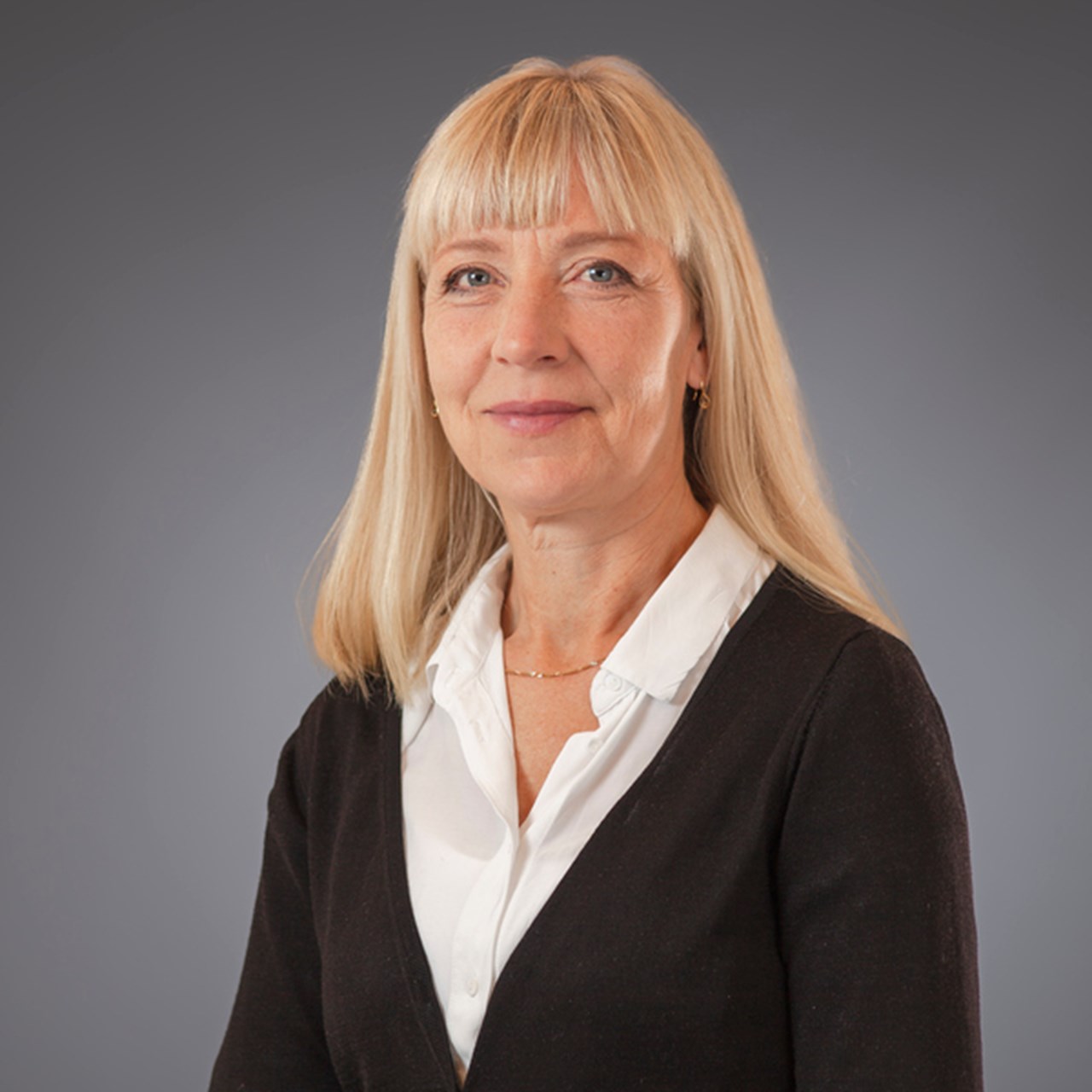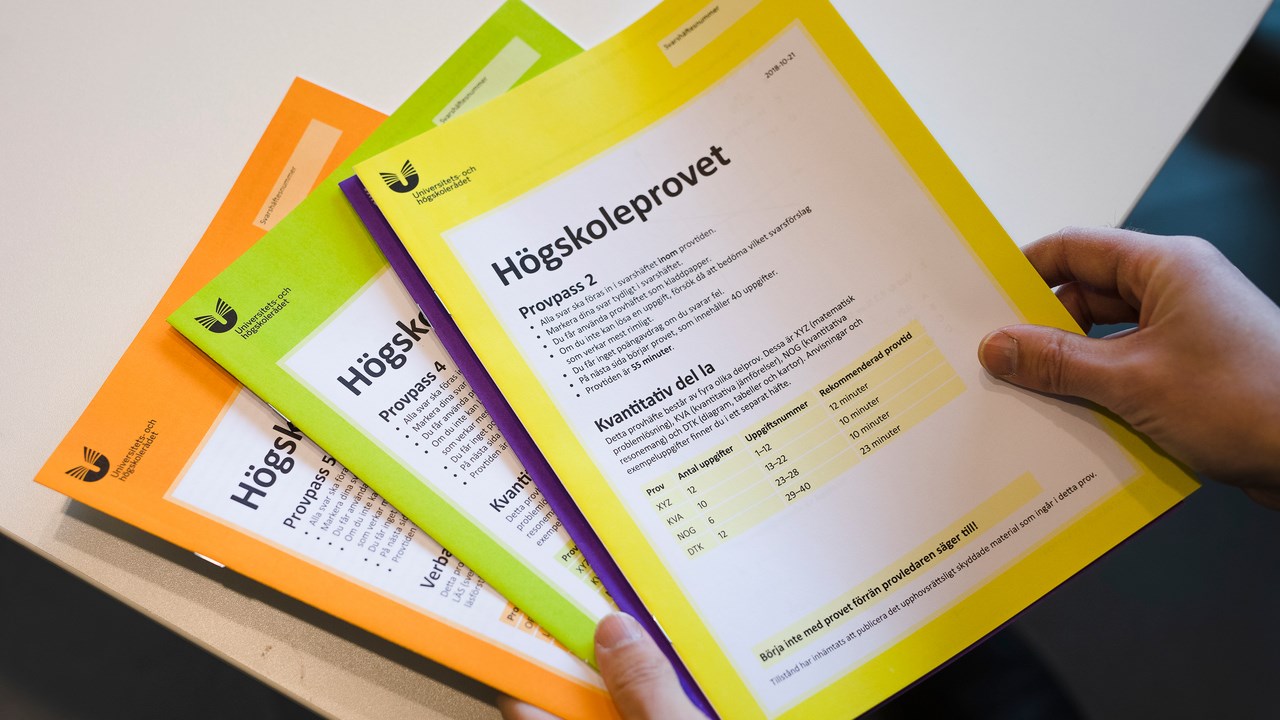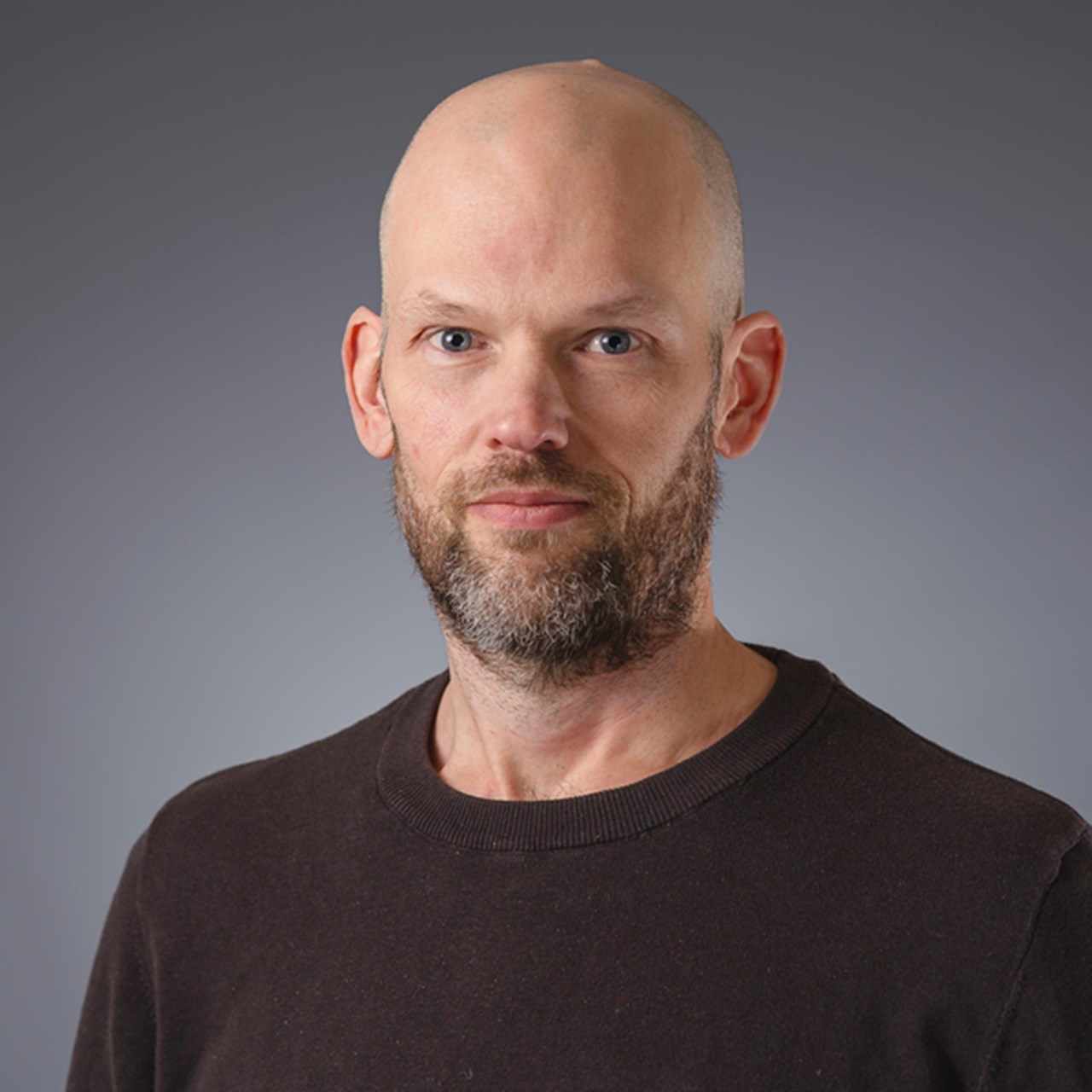Fun facts about the Swedish Scholastic Aptitude Test
• The Swedish Scholastic Aptitude Test was first administered in the spring of 1977.
• From its inception until the spring of 2024, 3,662,791 results have been recorded by 1,858,987 unique individuals.
• The person who has taken the test the most times is a woman born in 1943, who has taken it 62 times. Her scores range from 1.30 to 2.00.
• In second place for the most tests taken is a 58-year-old man who has taken it 36 times.
• The person who has achieved the highest score (2.0 or 2.00) the most times is a man born in 1956, who has achieved this score 18 times.
• The youngest person to take the test was a boy aged 10 years and 6 months who took the test in the autumn of 2020.
• The oldest person to take the test was a man who was 93 years old when he took it in the autumn of 2009.
• It is possible to achieve the highest normalized score (2.00) without answering all questions correctly. Answering all questions correctly is extremely rare: only 13 people have accomplished this feat since the test began.
• For quite a few years, the test was also administered abroad. It was given simultaneously with Sweden, regardless of the countries’ local time. The test was administered in places such as Madrid, London, Finland, Brussels, and even Nairobi, Timbuktu, and Afghanistan. Currently, the test is only administered in Sweden.
• The highest number of participants at the same time was in the spring of 1992 (93,123 people). The lowest number was in the spring of 1977 (the test's first year, on a limited scale) when only 633 people took the test.





